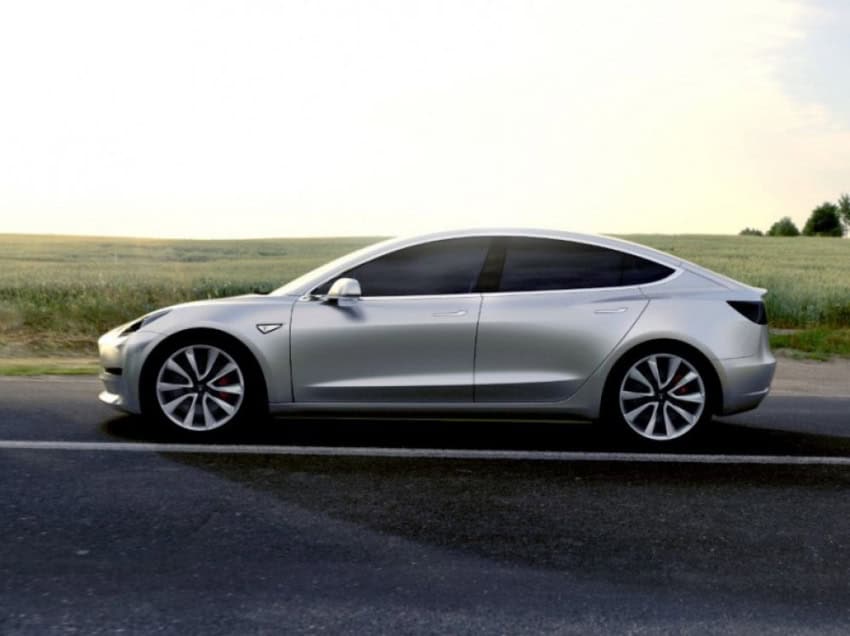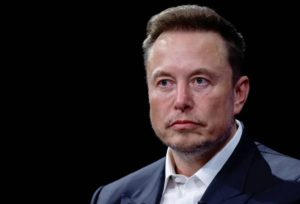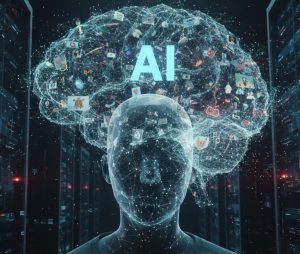The Tesla model 3 isn’t just another electric car. It’s a masterpiece resulting from over a decade’s worth of engineering. When Tesla first started out in 2003, it was a small electric car company with a plan to change our way of travel.
In 2006, one of the co-founders of Tesla, Elon Musk, came up with Tesla’s master plan; “Step 1, Build a sportscar, Step 2, use that money to build an affordable car, Step 3, use that money to build an even more affordable car, while doing above, also provide zero emission electric power generation options, don’t tell anyone.”
Well, they’ve done most of that! A fortnight ago, the company announced its Model 3 and handed units over to Tesla and Space-Ex employees. Elon believes to sell around 500,000 units of the Model 3 by the end of 2018.

In 2016, When Tesla debuts the model 3, the step 3 in the corporate master plan, around 375,000 people rushed to book one for a $1,000 each, for a car that starts at $35,000. They believed that the ‘e-car of the future’ is much cheaper than the Toyota hybrids or the common petrol vehicles, besides being environmentally much safer and promising zero emission with minimal maintenance expenses.
The first few cars are being delivered to Tesla and Space-Ex employees to shake out any software bugs etc. Eventually, this is the car that will compete against Toyota and BMW etc. This is the vehicle Tesla hopes will prove electric cars are usable and attainable for everyone.
Tesla’s rise and rise
The company faced a few production issues due to lack of resources in 2012. Thus, Tesla wanted to make a far simpler car; the Tesla model 3. The futuristic car company faced the same issue this time but tweaked with the master plan. Meanwhile, Elon Musk came up with the idea to build a ‘Giga-factory’, a place where they could produce more car batteries than all other factories companies combined.

The initiative is aimed at securing battery supply for Tesla while anticipating to becoming a leader in satisfying the market demand. Thus, it’s the largest building on earth. Elon plans to make more of these in the US and Europe to keep up with the demand.
More Cutting edge innovations
Musk wasn’t satisfied with a fast-electric car, he wanted to it to the next level, thus in October 2015, a software update turned on the now famous auto-pilot. This allowed the cars to pretty much drive themselves on the highway, to park in-between cars and pull in or out of garages/parks themselves! A newer generation of sensors and an onboard super-computer should enough for full self-driving, Elon says, while pledging to prove that with a cross-country trip in the US by the end of 2017.
It’s yet another crazily ambitious self-imposed deadline. Tesla is also mapping out their super-chargers, much like the BMW electric car chargers in Pakistan. The super-chargers are high-powered chargers that span the highways of the US and other countries, and enables long-distance travel with quick recharge times; it would only take 20-40 minutes, rather than overnight, much like the quick charge or fast charge feature in smartphones. Tesla will need to imply this quickly, as more and more people are using it nowadays. Elon aims to double the number of chargers worldwide.
Tesla has teased to release a big rig (Transport truck), an SUV, and a pick-up truck to be launched in 2017. Just because Model 3 is here, doesn’t mean Tesla has any intentions of slowing down. If interested, you can watch Tesla Model 3’s launch here.














